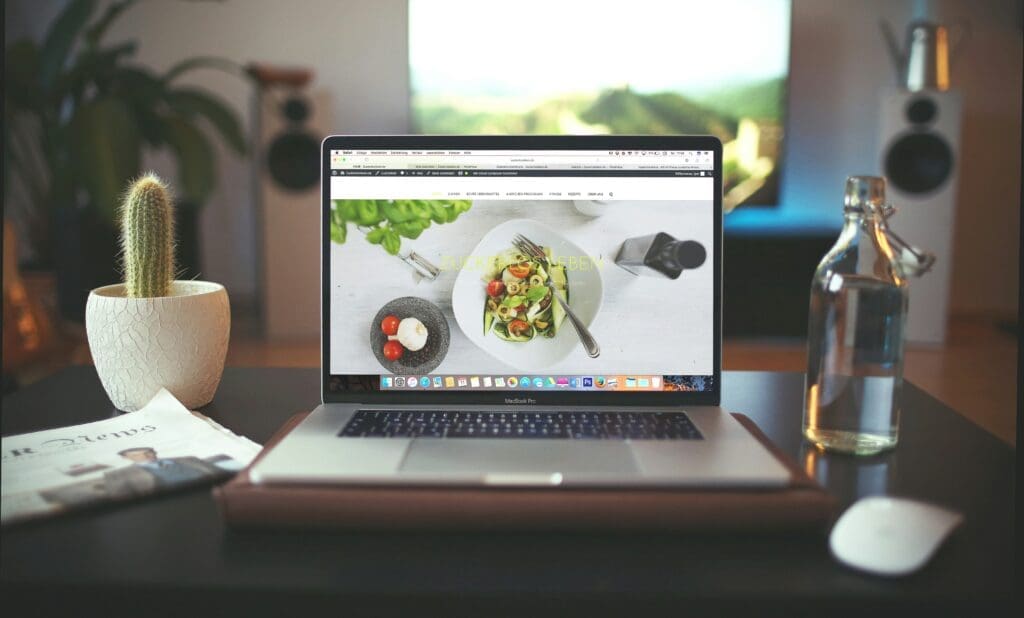How to Engage Your Casual Web Visitors

Bringing in website visitors is all well and good, but unless you’re running an ad-supported site, visitors aren’t keeping the lights on. You need to turn those visitors into leads so you can turn those leads into paying customers.
The broader part of your strategy is simple, even if it’s not easy. Make a good product, write good content, and market your content so that the right people visit your website. That’s the basis for getting the kind of visitors you want to convert in the first place, but we’re not here to talk about that. We’re here to talk about what happens once a visitor arrives at your website.
Too many website owners are shooting themselves in the foot when it comes to their visitors. They’re attracting all the right people, but then their website fails to engage those visitors and the visitors leave without giving you any of their information or moving any closer to a purchase. Here are a few things you can do to make sure that doesn’t happen.
Get Your Website in Tip-Top Shape
The worst thing you can do is drive away a potential customer before they’ve even made it to your site, and that’s where website loading speed can make or break you. According to some estimates, one quarter of visitors will give up on your site if it takes more than four seconds to load, and 46 percent of users won’t come back if the site is difficult to use or performs poorly.
Navigation is another crucial component you have to get right. Every single person who clicks on your website is doing so for a reason. Maybe they want to look into your pricing, maybe they want to learn more about what you do, or maybe they just want to browse. Regardless of what they’re looking for, they need to be able to find it easily and intuitively.
There’s a lot more to think about when it comes to user interface and user experience design, and you can dive into all of that at the links above. The important thing is that you make sure your website is working before you pour too much effort into conversions.
Strategic CTAs
A call-to-action (CTA) is an important part of any website. You can’t just wait for your users to sign up for your newsletter or submit their information on their own — you need to give them a little nudge.
The design and placement of your CTAs is a subject of a lot of debate. If you put it too high on the page, people won’t register it because they haven’t read the content on the page yet. If you put it too low, they might not get all the way down to the CTA before clicking away.
The appearance of the CTA is a balance, too. It needs to stand out enough that your readers can tell it’s not part of the body content, but you don’t want it to be so prominent that it’s distracting. Usually, slightly larger text in a colored background is enough to make a CTA catch the eye.
Generally speaking, you should place the CTA right after you tease a particular topic. If someone reads the first few paragraphs in a blog post about email marketing, add a CTA that directs them to a full pillar page or whitepaper download on the subject of email marketing. There’s no perfect answer, though, so you’ll have to experiment with the size, placement, and functionality of your CTAs.
Live Chat
According to Neil Patel, live chat can boost your website conversions by as much as 45 percent. That’s huge! So why does live chat work so well? Because it’s far more convenient than getting on a phone call, which might involve a complicated phone tree, or sending an email, which might take days to get a response. Live chat also allows viewers to multitask, so they don’t have to stop what they’re doing to get in touch.
The downside of Live Chat is that you have to employ someone at the other end to answer customer questions, which can be time-consuming. But a great live chat representative can boost your conversions enormously, so if you can afford to keep one on staff, it’s worth it.
You also have the option of adding a chatbot to your website, but that’s risky. Chatbots have gotten pretty good in recent years at recognizing keywords and directing people to the article they might be interested in, like a glorified search bar, but there are notable limits to their intelligence. Visitors who don’t find the chatbot helpful might become more frustrated than they would have been if there was no chat option at all.
Simplified Forms
Whether it’s in a pop-up, on a landing page, or in a chat window, you’re no doubt using forms somewhere on your website to solicit visitor information so that you can follow up with them. Those forms are tricky — you want to get as much information as you can in order to properly nurture a lead, but you also don’t want to make the form so big that it’s intimidating.
We find it’s best to err on the side of smaller forms. If you’re targeting users at the top of the funnel, ask for an email address in exchange for a free download. Often, you’ll be able to guess their name and company from their email address (name@company.com), and with a good CRM, you can fill in the blanks of their job title and location by cross-referencing with LinkedIn.
The exception is for visitors who are farther down the funnel. If someone is seriously looking into pricing or a free trial, use a longer lead form with fields like job title, organization type, organization size, first and last name, and even work phone number. By creating a more detailed form, you’ll narrow down your respondents to only the people who are serious about learning more — in turn, those people should be easier to convert.
Pop-Ups
There’s a right and a wrong way to use pop-ups, and the difference comes down to timing. If your visitors click on your website and are instantly greeted by a full-screen pop-up that blocks the content and asks them for personal information, they’re going to ignore it and dismiss it. Why would they give this site their email address when they haven’t even read the article yet?
Instead, implement smarter pop-ups that are triggered when a user scrolls far enough down the page or lingers on one page for more than a few minutes. That way, you’ll likely be catching people when they’re most engaged with the content and most receptive to learning more.
Make sure that not all your pop-ups are the same, too. Create topic-specific ones on your blog posts that offer downloadable content on the same topic, ask them to sign up for your newsletter on the home page, and offer a free quote from the pricing page. Keep the pop-up as relevant to the content they’re looking at as possible, and they’ll find it more helpful and less intrusive.
Always Be Testing
Conversion optimization is never finished. Your market, your customers, and your competition will change, and your website needs to change right along with them. Any time you implement a new conversion strategy, you should be A/B testing it to see if it’s making a difference. If it is, then think of another iteration and test that one, too!
The most important thing to keep in mind is that your content will always take priority. To paraphrase a common saying, don’t learn the tricks of the trade — learn the trade. Focus on making sure that you have a solid product, a high-quality website, and useful, informative content to draw in customers. All the rest of your strategies have to be built on that strong foundation; otherwise, they’ll crumble. Need some extra help with your website or ramping up your conversions? Get in touch with Madison Taylor Marketing today!





